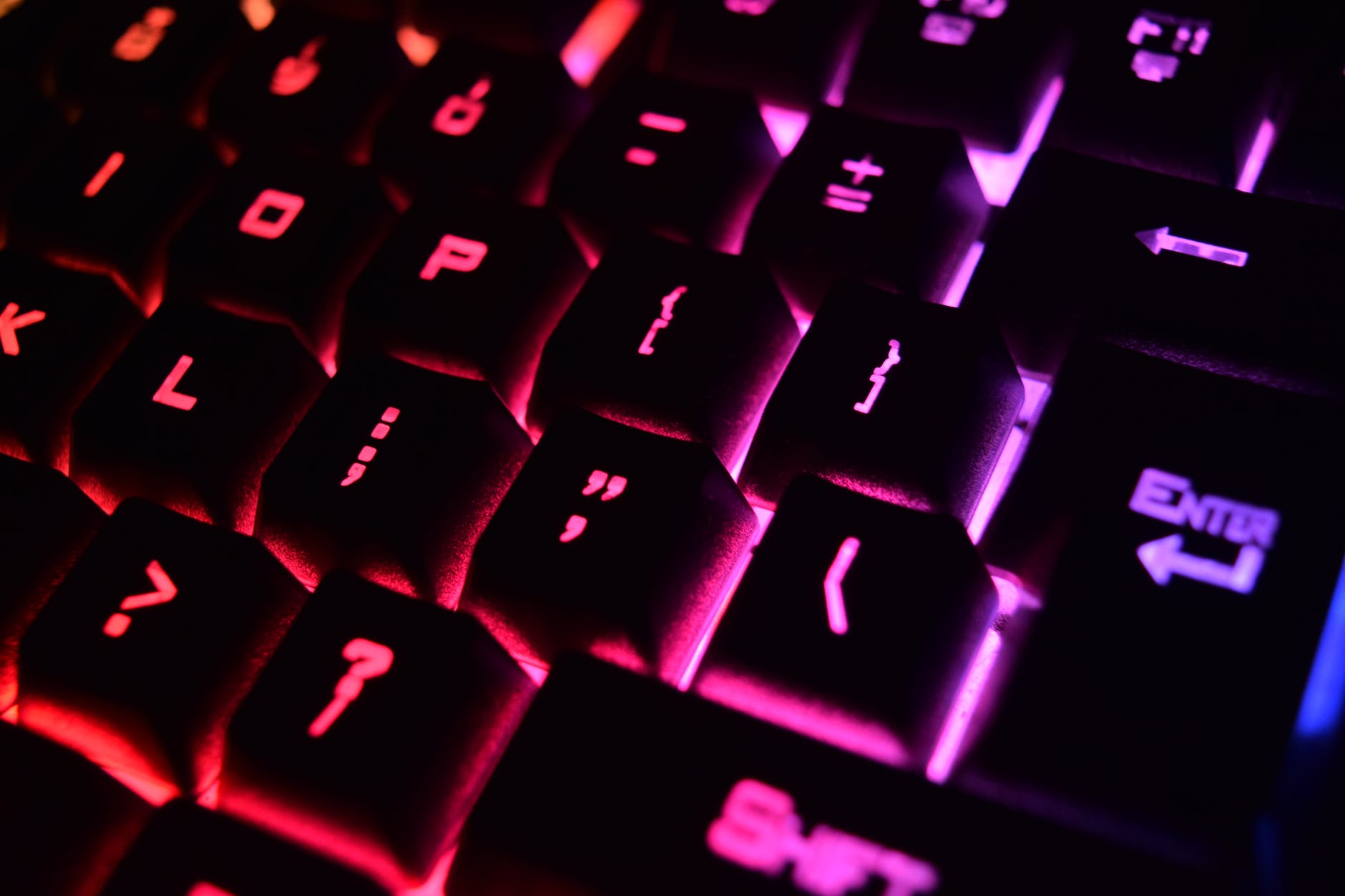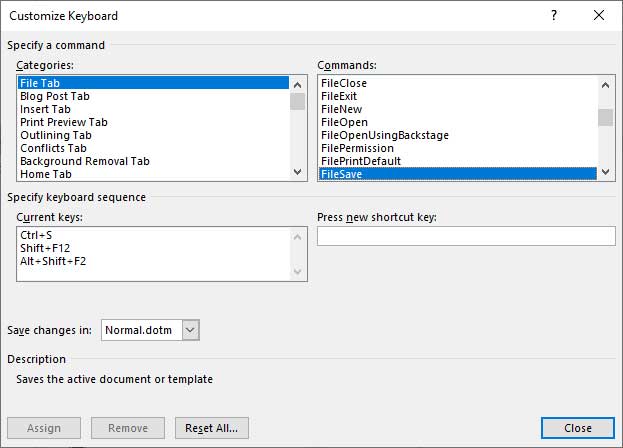
Using the Font Color drop-down list, pick whatever color of blue you want.Word closes the Customize Keyboard dialog box and the macro recorder is running. The shortcut key is now shown as assigned to the macro. (For instance, you might press Shift+Alt+B since your macro will make the selected text blue.) Press the shortcut key you want used to invoke the macro.Note that the macro name you supplied in step 4 is shown in the dialog box and the insertion point is blinking in the Press New Shortcut Key box. Word closes the Record Macro dialog box and shortly displays the Customize Keyboard dialog box. Using the Store Macro In drop-down list, choose All Documents (Normal.dotm).(For instance, if you are recording a macro to make text blue, you could use the name MakeTextBlue.) In the Name field, enter a macro name that is descriptive of what you are doing.Word displays the Record Macro dialog box.
Microsoft word keyboard shortcuts edit code#
In the Code group, click the Record Macro tool.Display the Developer tab of the ribbon.(It doesn't really matter what you select.) To record a macro that sets text colors, just follow these steps: It may be better to use shortcut keys such as Shift+Alt+G, Shift+Alt+G, and Shift+Alt+Y.

You can do this, but it may conflict with other uses of the Alt key (like accessing the ribbon tools from the keyboard). Gillian suggests using Alt+G, Alt+B, and Alt+Y. Before doing so, however, you'll need to figure out what shortcut keys you want to use. Yes, it is possible, but you'll need to use a macro to do the work. She would, therefore, like to be able to create multiple keyboard shortcuts to highlight in different colors once she has selected text (e.g., Alt+G for green, Alt+B for blue, and Alt+Y for yellow).

As an editor, Gillian likes to color-code sections of text for authors.


 0 kommentar(er)
0 kommentar(er)
